Gardening can get competitive. When it comes to formal gardens, a typical goal of designers was to show the patron’s wealth, to impress visitors. This, of course, invites comparisons as to whose formal garden is bigger, better, badder.
"The Koningssprong [King’s Leap fountain] was, with its 13 meters, the highest spouting fountain in Europe.” (source: Het Loo website)
For example, let’s look at William and Mary’s Dutch Het Loo vs. Louis XIV’s French Versailles. For sheer size and scale, Versailles clearly wins. But when it comes to the fountains, Versailles has to cycle through its fountains, turning them on and off to maintain water pressure. According to the official Paleis Het Loo website, the fountains at Het Loo “always spout fresh water thanks to the high level of the ground water, surpass[ing] the French ones! The Koningssprong [King’s Leap fountain] was, with its 13 meters, the highest spouting fountain in Europe.”
As can be seen in the photos above from Het Loo in Appledorn, the Netherlands, there is water everywhere. The “King’s Leap” fountain takes pride of place near the end of the central axis. The Hercules and Venus fountains add a sense of perspective. Heaven and earth globe fountains make a bold statement. Cascades line stairways and the sides of the garden. Canals separate the upper from the lower gardens.
Het Loo got its start in the 1680’s when Willem III of the Netherlands bought a medieval hunting lodge to create a luxurious summer palace. The landscape was designed in the French formal style by mathematician Daniel Marot with parterres by Christiaan Pieter van Staden. There is a central axis with radiating walks and boxwood clipped into embroidery-like patterns.
While the fountains are seasonal, the garden is open all year long.
See more posts about the gardens at Het Loo here.
Daniel Marot designed the gardens at Het Loo in the 1680's.

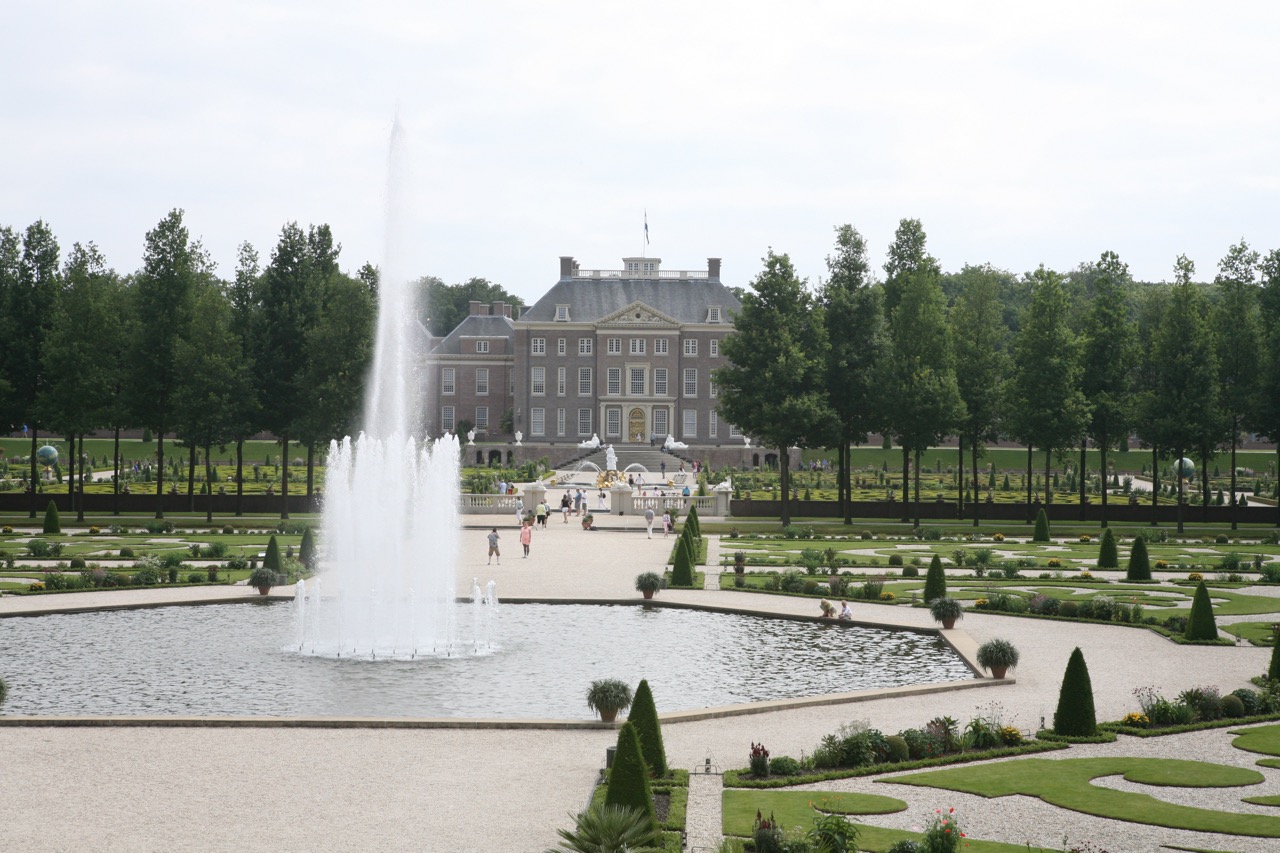
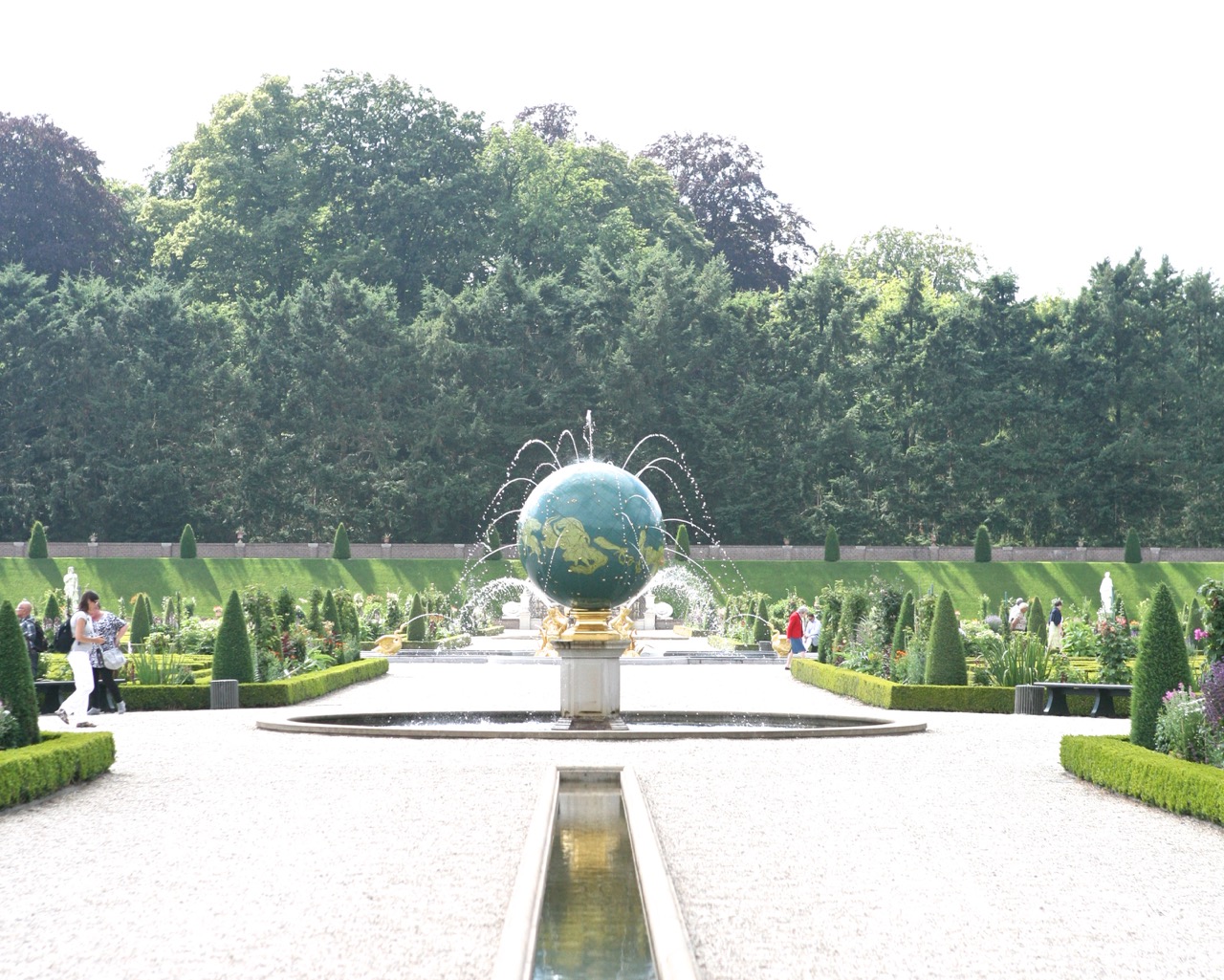
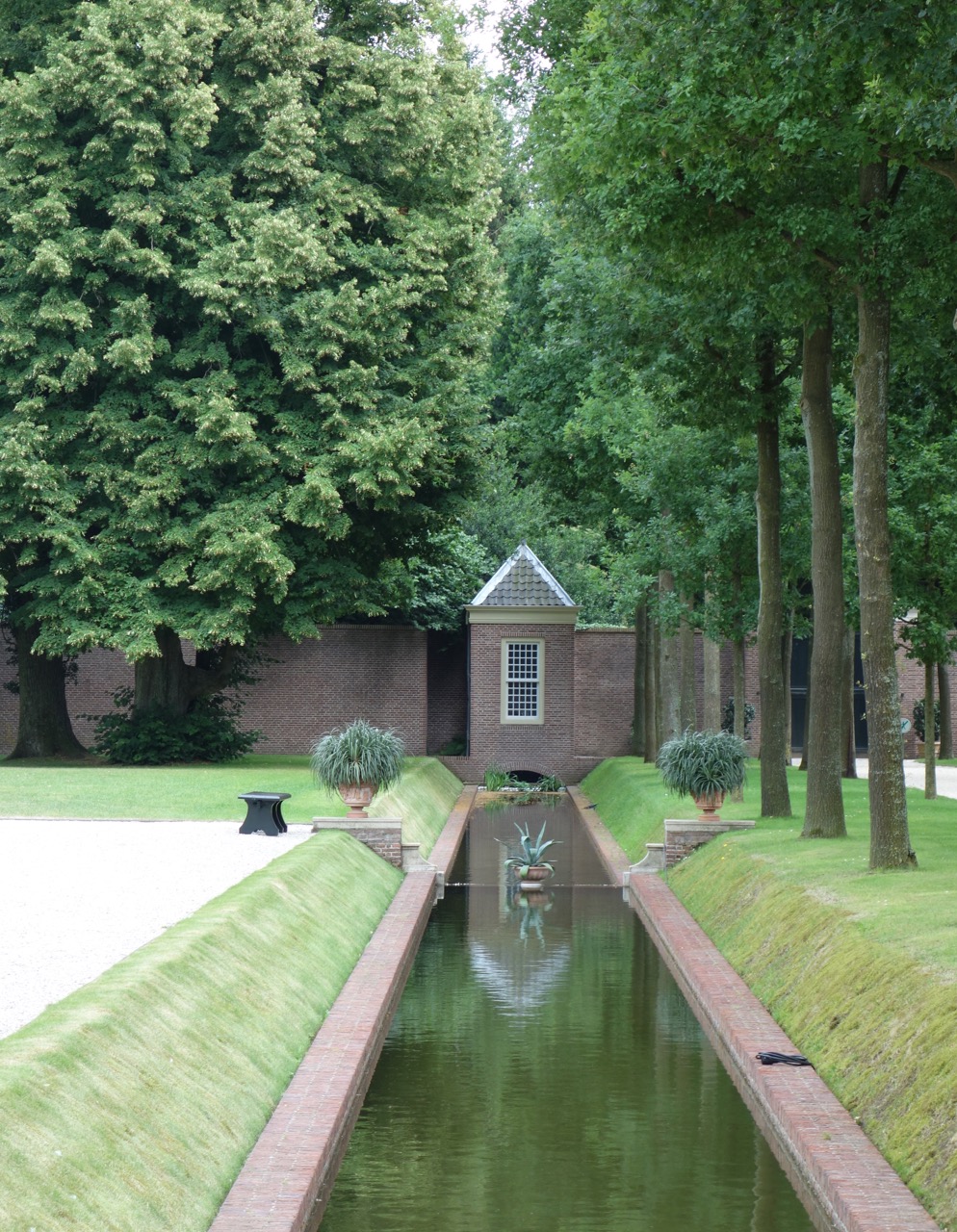
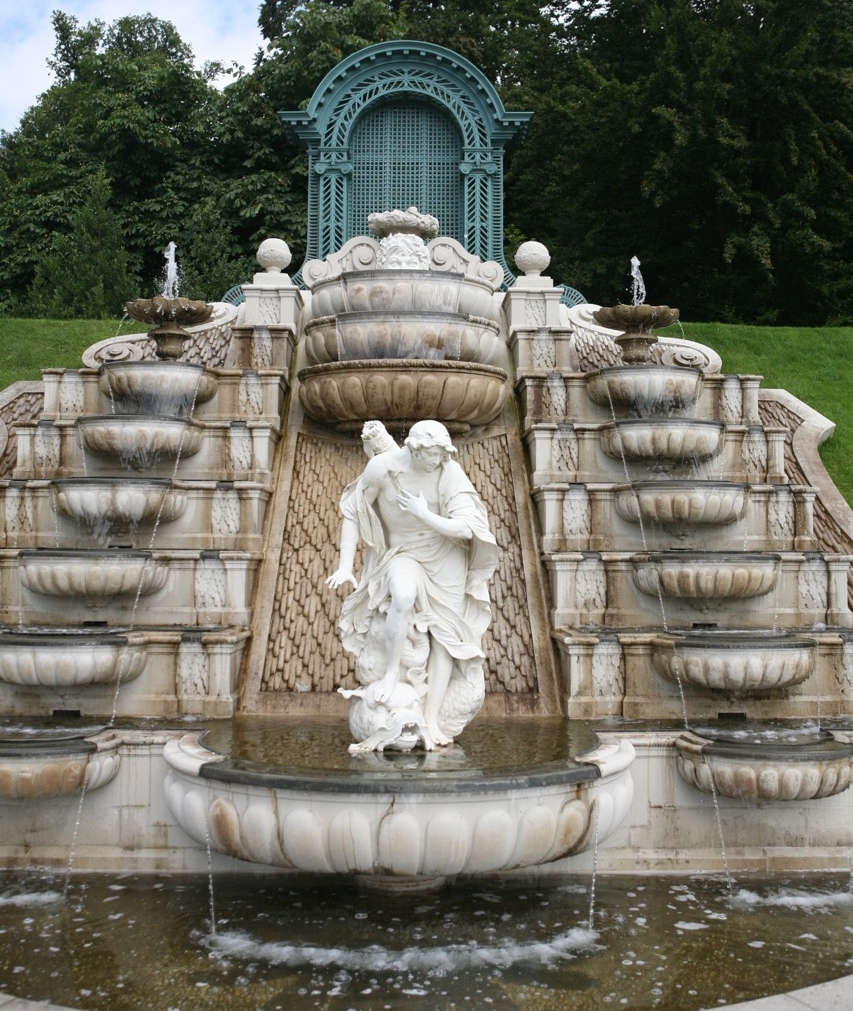
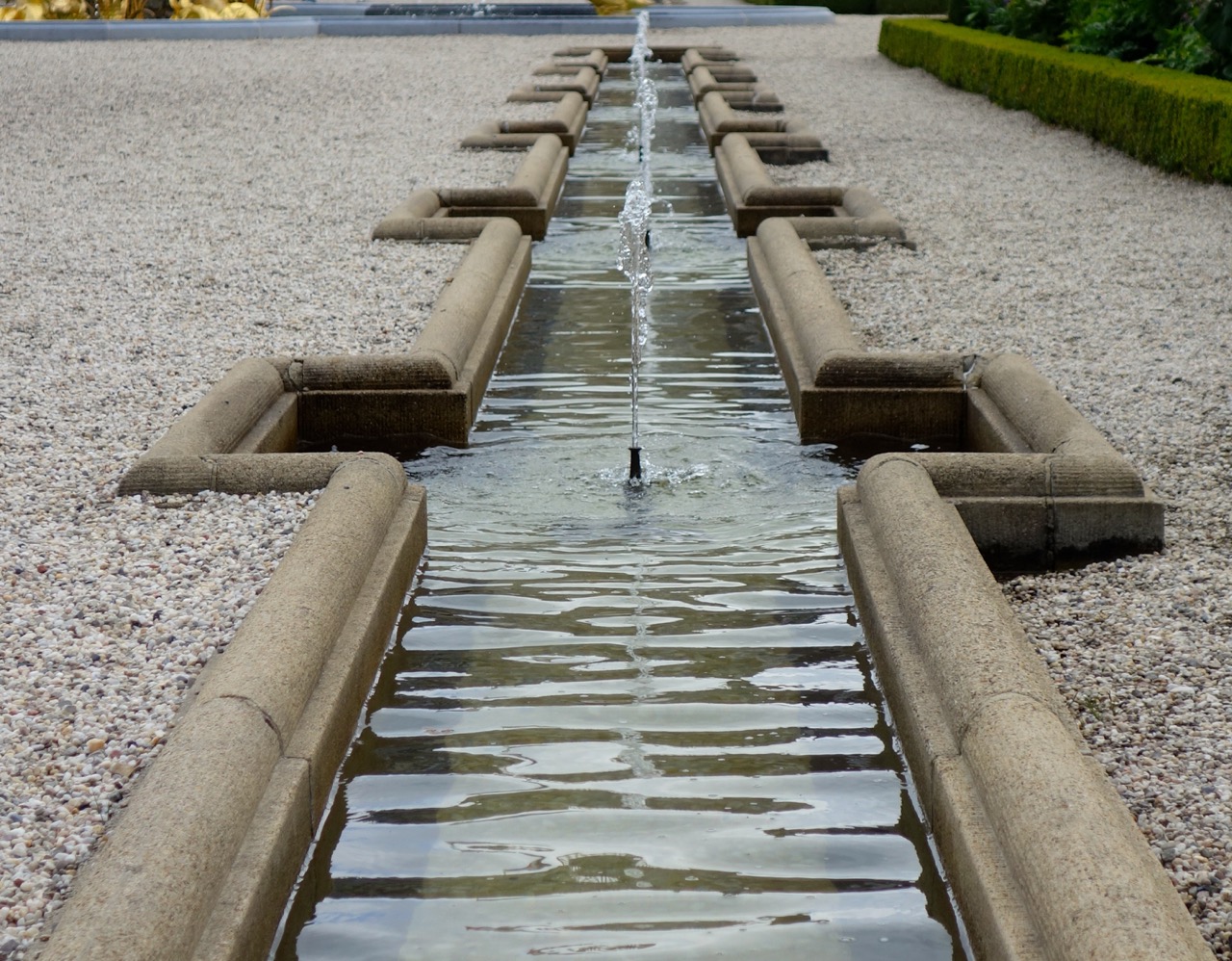
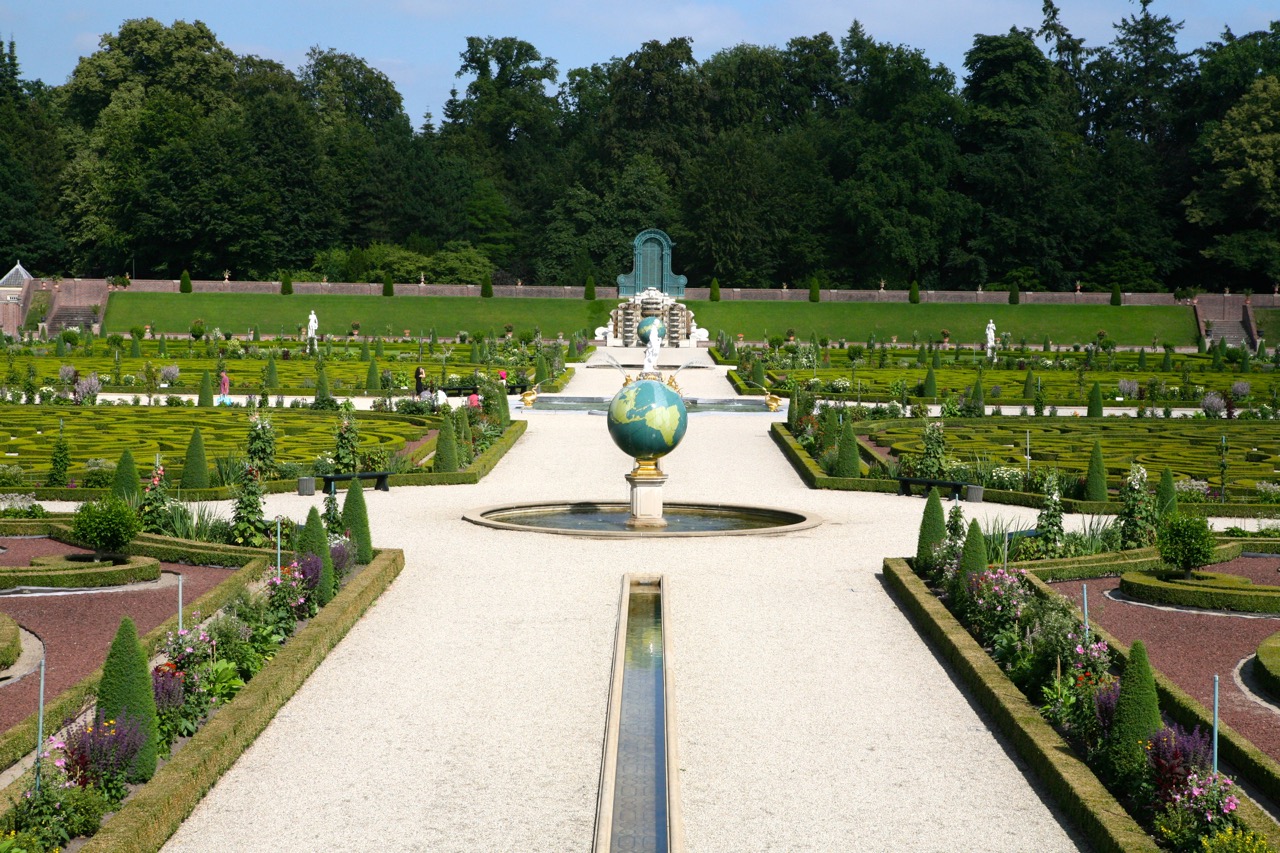
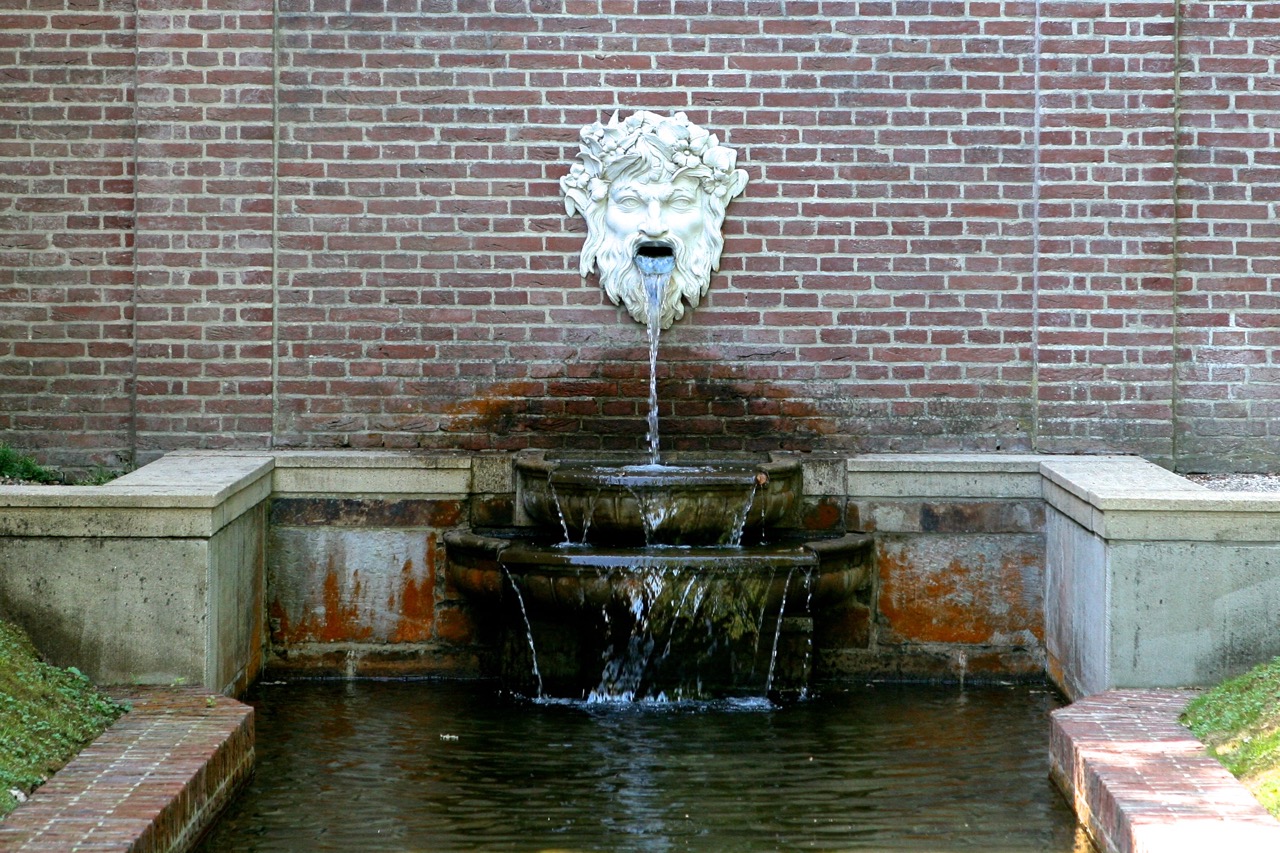

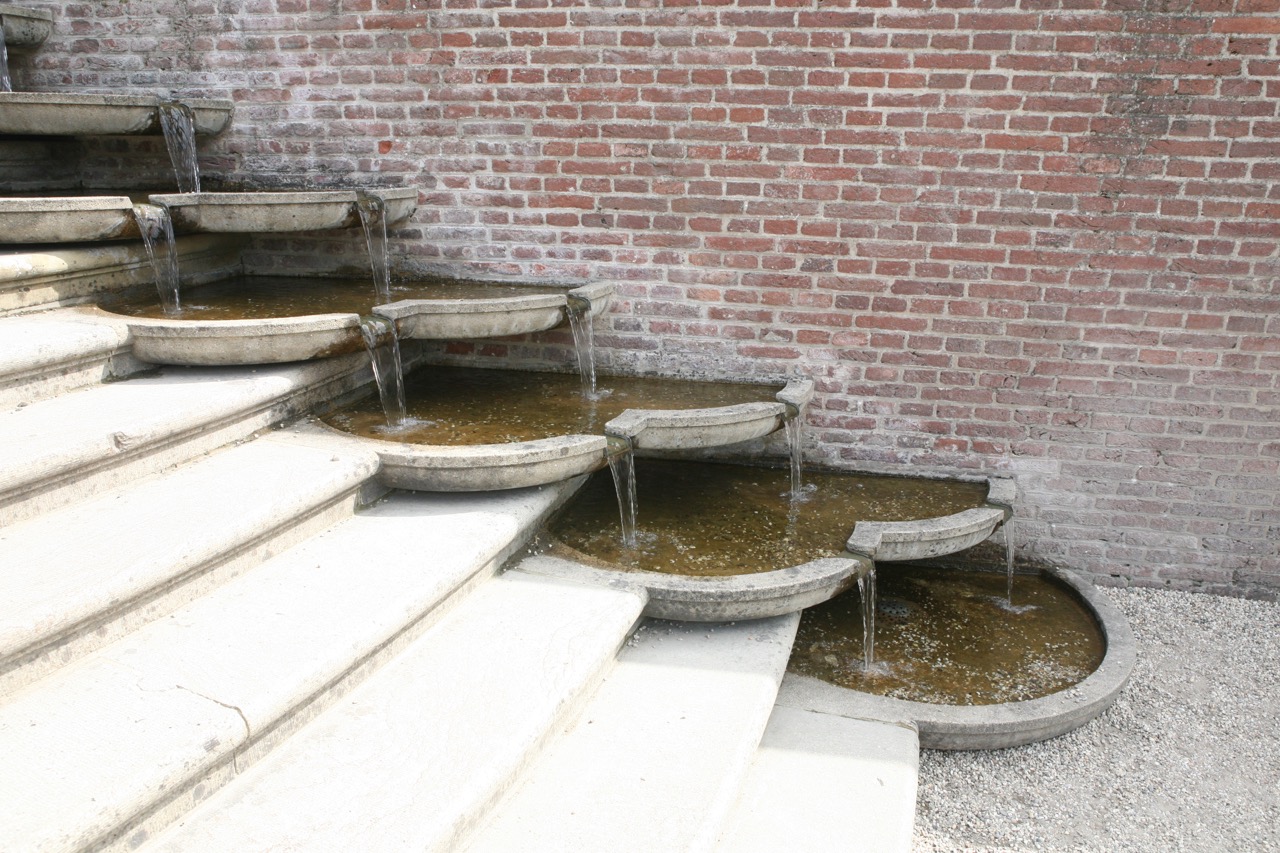
!["The Koningssprong [King’s Leap fountain] was, with its 13 meters, the highest spouting fountain in Europe.” (source: Het Loo website)](https://images.squarespace-cdn.com/content/v1/53d6d168e4b0b3feaa732e51/1473013301877-HRXELBPH6DDMWC2HW76F/image-asset.jpeg)
